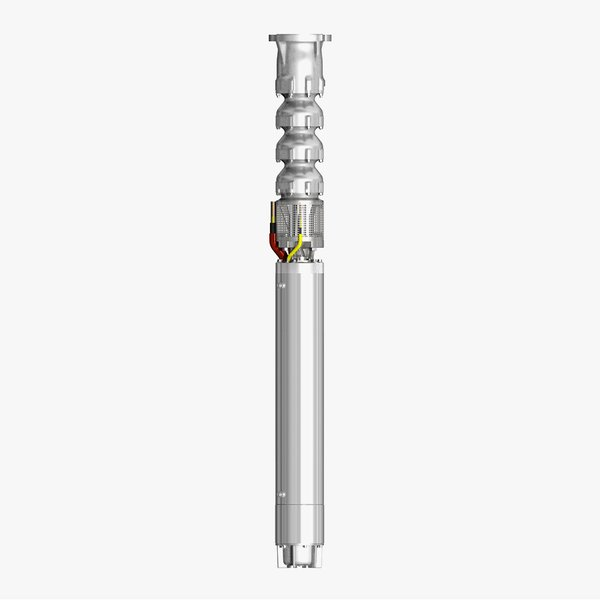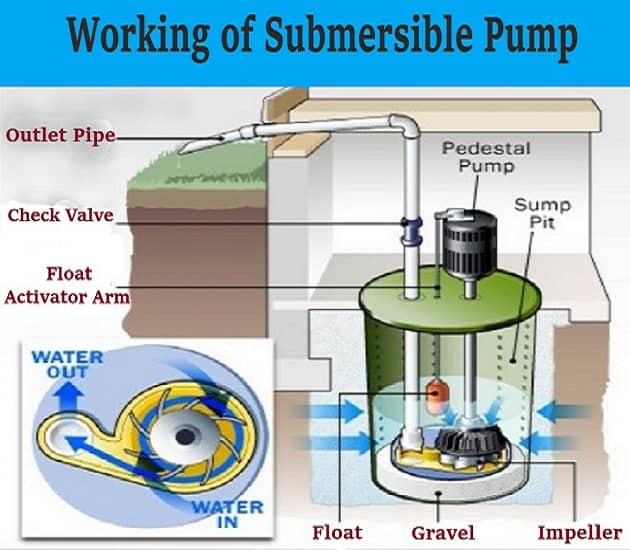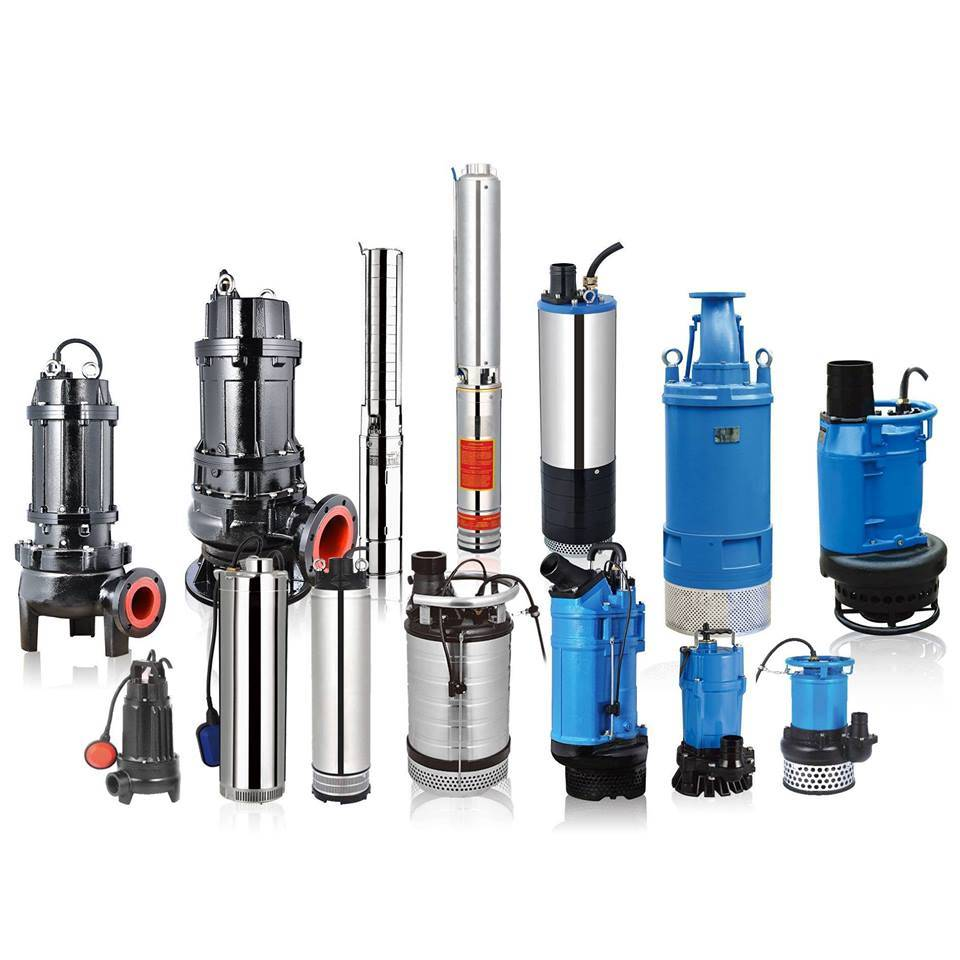
What is Deep Well Pump & How Does it Works?
In urban and suburban regions, the majority of the population has near-constant access to clean drinking water. On the other hand, millions of additional residences in more rural regions rely on wells for their water supply. A well pump is an electromechanical device that is placed after a well has been dug or excavated. Its job is to transport water from the well to your home. An impeller of a centrifugal pump, driven by an electric motor pumps water from your well through a jet or pipe.
Need industrial equipment, parts, or services? Submit an RFQ and get quick quotes.
Get a QuoteNeed industrial equipment, parts, or services? Submit an RFQ and get quick quotes.
Get a QuoteTop Companies in Deep well pumps
Top Devices in Deep well pumps

What are Deep Well Pumps?
The majority of individuals in urban and suburban regions have nearly continual access to drinkable, clean water. However, millions of houses in more rural regions rely on wells for their water supply. A well pump, which is a type of industrial pump, is an electromechanical device that is placed after a well has been drilled or dug. Its job is to transport water from your well to your home. An impeller of centrifugal pump, driven by an electric motor, propels water from your well through a jet or pipe.
The water table lies just a few feet below the ground's surface in many parts of the United States, making reaching it simple — or at least simpler than in locations with a lower water table.
In locations with lower water tables or regions where there isn't a regular supply of drinkable water near to the surface, you'll have to dig deeper to get the same effect. Deeper wells necessitate a different method since they must transport water over a longer distance.
Deep Well Pump Working Principle
The water from your well is pumped into a storage tank, where it will be stored until you need it. When the engine is turned on, water is drawn into the pump, which then propels it to the surface and into a pressure tank.
When you pump water into this pressure tank, the air pressure within the tank rises until it reaches a predetermined level, usually between 40 and 60 psi. When you turn on a faucet in your home, the force of the tank's decreasing air pressure forces water through your pipes. When the air pressure lowers to roughly 40 psi, the pump will come back on, and it will instantly begin pumping additional water into the storage tank.

Types of Deep Well Pump
How does a well pump appear? They are available in a variety of forms and sizes. We'll go over the most prevalent types of well pumps in this part, as well as the scenarios in which each pump is best suited.
Centrifugal Pump
To produce suction, a centrifugal pump turns an internal fan. Centrifugal pumps, unlike other well pumps, are housed in a mechanical housing adjacent to the well rather than inside it, making maintenance easier.
One disadvantage of centrifugal pumps is that their suction is insufficient for deep hole applications. Centrifugal pumps are only practical if your well is less than 25 feet deep. The centrifugal well pump is the most cost-effective option.
Submersible Pump
The most common form is the submersible pump, which is popular due to its versatility. These pumps may be used in almost any well, no matter how deep or shallow it is.
Submersible pumps are located underwater, deep into the well, as their name implies. These pumps are waterproof, long-lasting, and require little maintenance. Repairs, on the other hand, entail removing the pump from the well and bringing it to the surface. This job can be completed by a professional well pump repair specialist, but the effort needed will almost always raise repair expenses.
Jet Pump
These high-tech pumps have the highest power and can transport more water more quickly than ordinary pumps. Jet pumps, like their submersible counterparts, may be used in wells of any depth.
The installation of the jet pump will be determined by whether it is "single-drop" or "double-drop." Single-drop variants are located indoors, either in your home or in an outbuilding, and are best for shallow wells. A split installation is required for double-drop variants, which are best suited for deep wells. The motor must remain above the earth, even when the jet assembly is in the well.
While submersible pumps have greater upfront expenses, their lower maintenance costs make them a more cost-effective long-term investment.

You can find various Pump Suppliers and Companies in Linquip that can completely cover your requirements. You are also encouraged to visit the List of Deep Well Pump Distributors in Linquip.
FAQs about Deep Well Pump
- How long can a deep well pump run continuously?
If the pump is equipped with a continuous-duty engine, it can supply water for up to 20 minutes at most.
- Which pump is suitable for deep well pumping?
Pumps that can be submerged. Its higher-powered suction pumps can move water over longer distances, making it ideal for deep wells.
- What causes a deep well pump to lose pressure?
A blocked sediment filter in the supply line after the pump is a typical cause of low well pressure. Water pressure is also reduced by leaks or obstructions in pipes or devices put in the plumbing, such as water softening equipment.
- How do you size a pump for a well?
Calculating the gallons per minute of water required during peak hours is the key to sizing a submersible well pump.
- How many times should a well pump cycle?
For a conventional water pressure tank, a normal well pump operation with a pressure tank will result in a water volume draw-down cycle of 30 seconds to 1-2 minutes, or much longer if bigger water pressure tanks or water storage tanks are added.



